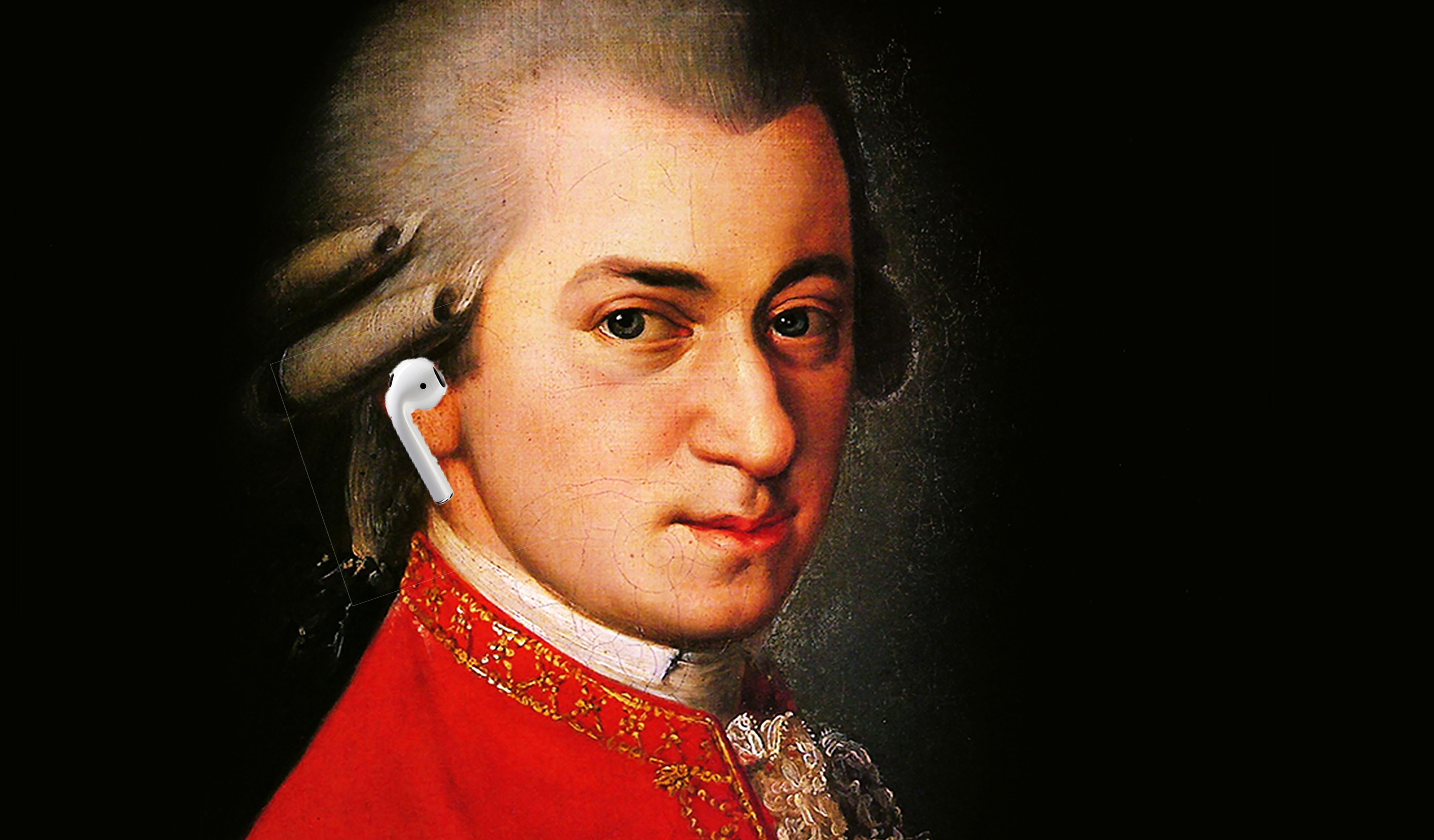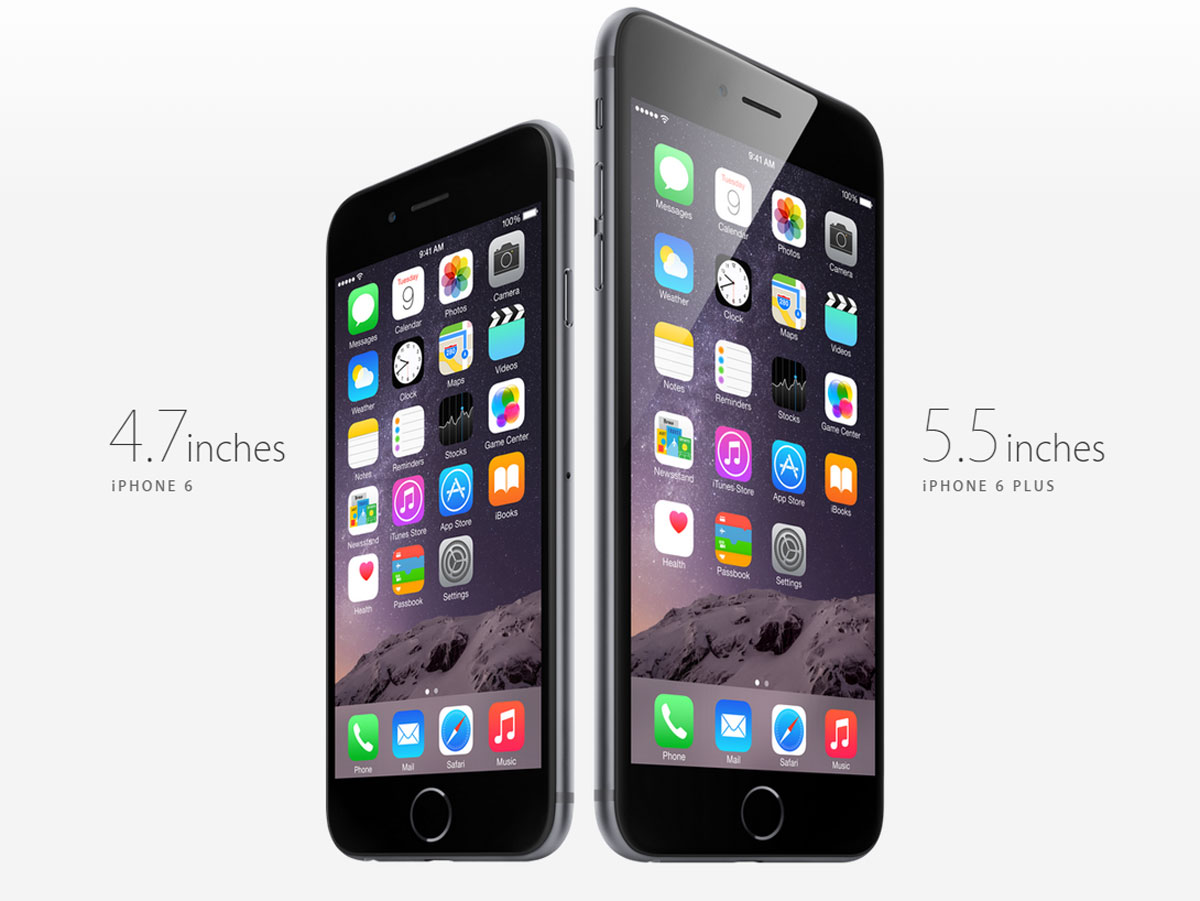Thanks to tech, classical music is far from dead

YouTube videos with tens of millions of views, the rising popularity of mindfulness apps, and visual coding… Natasha explains how technology is changing how much we listen to classical music
New musical subcultures, increasingly eclectic tastes and the invention of new instruments like the synthesizer have resulted in hundreds of new genres and sounds for us to listen to at the touch of a button, so it’s not surprising classical gets less attention than modern, faster-paced, music. Life also has a naturally faster pace than in 1750 when classical music was at its peak, and that’s why it has taken on a new role. We have bigger workloads and higher stress levels to match – so thanks to many scientific studies (such as The Mozart Effect, the theory that listening to Mozart actually raises IQ and improves cognitive abilities), classical music has found its place as a work tool. YouTube videos with cult followings like ‘Music to Relax and Study To’ have rocketed in popularity and are on repeat through the headphones of many stressed-out students around exam time. The tempo definitely doesn’t match our lives, but its slower pace is actually one of its main attractions.
Don’t believe classical music can be that popular? Check out these videos:
Classical music for Reading: 16M+ views
Mozart Classical Music for Studying, Concentration, Relaxation: 11.3M+ views
Classical Music For Studying & Brain Power: 2.9M+ views
(stats correct at time of writing)
Mindfulness and meditation has been become so popular in recent years that there are even adverts for it on TV. Some of us may not have known about the benefits of meditation or how to even do it without the internet, but Googling your anxiety symptoms, following Instabloggers’ yoga routines, or downloading an app like Calm (14M Downloads) or Headspace (16M Downloads) are roads that will all lead to more-or-less the same destination: taking a minute out of your day to practise mindfulness. Classical music comes highly recommended to accompany this, and the apps even play it for you. Classical has been identified as increasing Alpha wave activity in the brain, which is associated with the state of relaxation, rest, and meditation (in fact, musical scores called ‘meditations’ have existed for many centuries.) Instant access to mindfulness apps and tutorial information through our smartphones has resulted in a huge boom in popularity of meditation, and as a result, the amount of people tuning out the world in favour of the sound of a classical melody is on the up.
Even if you don’t study to a classical compilation or practise modern mindfulness, I bet you watch films. Classical music has the ability to create emotion without lyrics, to accompany visuals without distracting from them, and to set any scene without juxtaposing the era. It has a crucial part to play in connecting audiences to motion pictures and TV programmes. Most of the time you won’t even notice that you’re listening to an orchestral score – in fact, it probably means that it suited the scene seamlessly. If you asked the Game of Thrones audiences and The Avengers fans if they have listened to classical music recently it is likely a proportion will say no, despite 100% of them enjoying its evocative abilities through their screens.
Another example of using classical music in an innovative way in 2019 is Pervasive Media Studio resident and musician Charlie Williams, who goes by the name Larkhall, who has recently composed a new album ‘The Sea Was Never Blue’ (which you can see the teaser for above). This is a classical piano album that successfully manoeuvres through innovative tech-based channels to connect to an audience. It is a visual album that uses real-time artisanal generative visuals which respond to the notes of the song. If that was too wordy for you, then picture a galaxy where each note is a twinkling star, or a sunset where each note is flying bird. Larkhall’s multidimensional album brings together creative technology and beautiful melodies. As it’s accessible on our smart devices, the album bridges the interests of coding enthusiasts, classical genre admirers, those who relish visual art, and those who scour YouTube for interesting visual content.
Whichever musical genre you listen to, we all experience the joys of classical through some kind of technology, whether it’s a productivity tool, an app, a movie soundtrack, a video game loading screen or just an interesting video you scrolled past on Facebook of a computer-generated visual for a piano composition (give the Larkhall Facebook page a like for this kind of content). Classical may have evolved through the eras, but its power is timeless.
Larkhall’s new album of solo piano music, ‘The Sea Was Never Blue,’ will be released on September 27. Pre-order it now.
Learn more about Pervasive Media Studio here – it’s a totally free space for artists to come and learn how they can use tech in their work, and you can read about joining here. Weekly Lunchtime Talks on Fridays are also open to everybody. The next one is from awesome Studio resident and chef Åste Amundsen – come along and work in the studio all afternoon from 1pm, free, as part of Open Studio Fridays.
Want to tell us something? Find us on Twitter, Facebook or Instagram.







